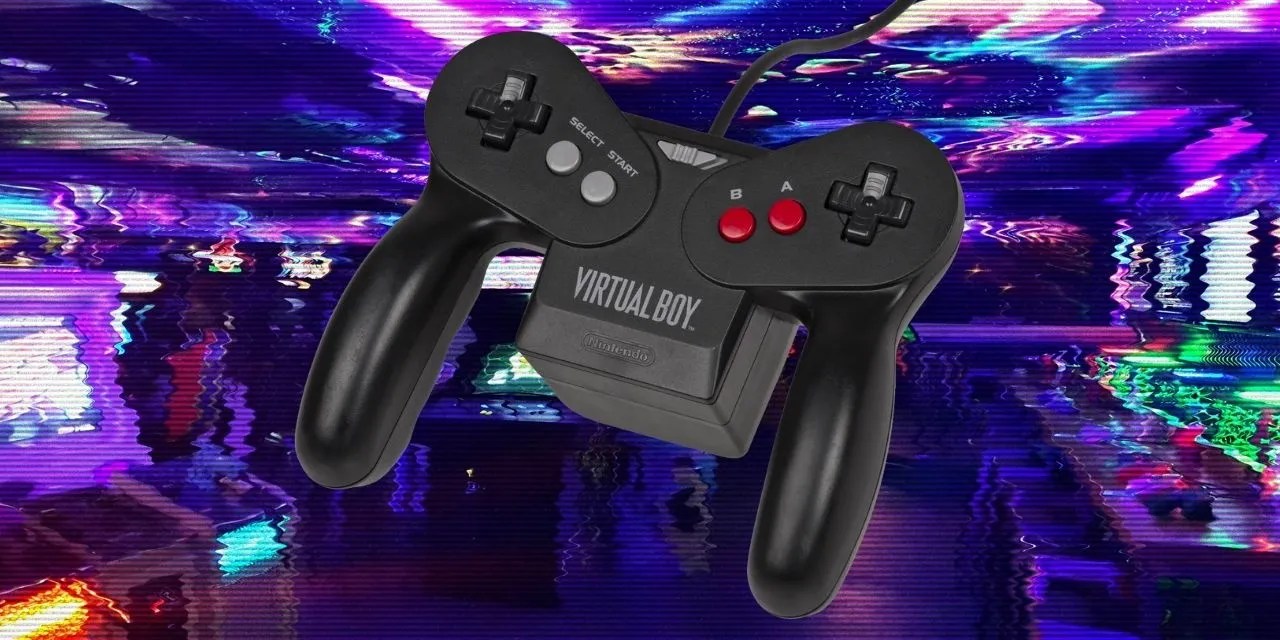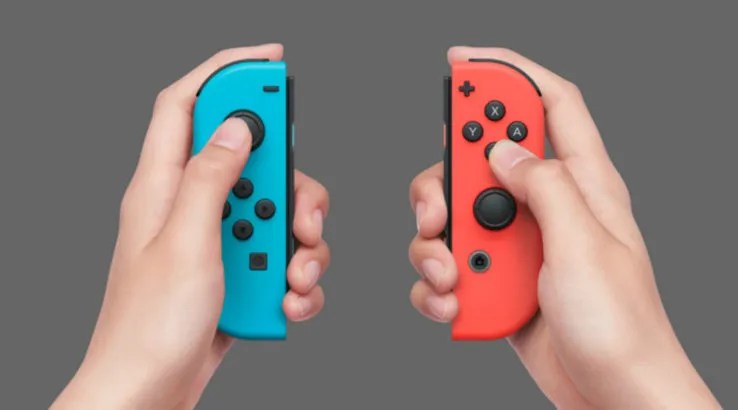Nintendohas had a long history in the video game market. What started out as a toy company soon became the number one name in the home console market. Over time,Nintendohas produced multiple consoles, and while its competitors often seem to make only minor adjustments to their own controller designs, Nintendo has taken a more unique approach.
Nintendo has a habit of scrapping its designs completely, carrying over only a few design concepts between console and controller iterations. While it may frustrate some fans who have a particular favorite, it does make the evolution of the company’s controllers pretty interesting.

RELATED:7 Switch Games Announced Years Ago That Still Have No Release Date
The Classics
While Nintendo’s first console was technically the Japan-exclusive Color-TV Game, its controllers were built in to the system itself, and are therefore not often considered Nintendo’s true first controller. Instead, theNintendo Entertainment System(or the Famicom in Japan) is widely considered to be the first Nintendo home console with controllers.
The NES' controllers are iconically stiff and awkward, appearing as an oblong-shaped brick. Thedesign of this controlleris simple, but genius, with only a few buttons appearing overall, allowing for great accessibility from gamers of all ages and skill levels. The controller has two “face” buttons, labelled “A” and “B”, appearing in that iconic red color, and the controller features one of the first instances of a “D-Pad” (the ‘D’ standing for ‘Directional’.) Originally designed by Gunpei Yokoi for theGame and Watchseries of handhelds, the “Cross-Pad” made its way to home consoles here.

Seven years later, theSuper Nintendo Entertainment Systemwas released. Designed by Lance Barr, the controller used for this console was a clear evolution of the original NES remote, with the overall design being retained, but bulked up with more buttons. The controller now contained four face buttons, and two shoulder buttons, along with a refined D-Pad. The brick-like design was also refined, with circular pads now being present on either side of the controller, making it much more comfortable to hold for extended periods of time. The SNES controller would go on to influence future generations of competitors, with the diamond-shaped face buttons being lifted and implemented directly into Sony’s PlayStation and Microsoft’s Xbox controllers.
The Odd One Out
Nintendo’s ill-fated Virtual Boy is the first controller here to break the evolution cycle. With two long sticks extending outwards from the controller, the remote resembled a flight stick more than the original series of Nintendo controllers. Due toits VR nature, the Virtual Boy required additional buttons so that players could move around the 3D environment of some games. To achieve this, Nintendo implemented two D-Pads at either side of the controller.
Although the controller design itself is not too uncomfortable, the huge battery pack strapped to the back of the controller certainly is. As the Virtual Boy was intended to be somewhat of a portable console, the controller was designed to fit six AA batteries inside. This made the controller feel heavy, and the placement of the huge battery pack at the center of the remote felt oddly restrictive.

The Innovator and The Conformist
After thecommercial failure of the Virtual Boy, Nintendo changed its tack, and in the process, created a charming, nostalgic, uncomfortable mess of a controller. The Nintendo 64 controller is striking to modern-day gamers, as the go-to question when a player lays their eyes on the controller for the first time is likely about where their hands should go.
With more buttons (two extra face buttons and a trigger,) and more stick grips than ever, the N64 controller was meant to give players a few different options to control their games. The controller could, in theory, be held in three different ways, with a player’s hands gripping the left stick and center stick, the center and the right, or the left and right sticks. Although this design is innovative and unique, in practicality, it just didn’t work. Manygamers of the time where confusedon how to control some games, as every button cannot be accessed at once. In tying to give players more freedom, Nintendo inadvertently made its console more confusing and inaccessible for newcomers.

By the time Nintendo released the GameCube in 2001, its competitors were starting to steal the spotlight. Theingenious DualShock controllerfor the PlayStation was released in 1997, adding another analog stick and changing the way controllers would be made forever. Nintendo had to change with the times and conform to the trends of the gaming world. Thus, the GameCube controller was born, looking like a Picasso style painting of a PlayStation controller, with its face buttons being rearranged and the two analog sticks appearing asymmetrical to one another. This controller did have vibration functions built in, though, which was a definite step forward for Nintendo’s controller design.
RELATED:Zelda: Breath of the Wild 2 Could Finally Explore the Demon World

Now Nintendo starts to get weird, in only the way that Nintendo can, deciding to focus not on standard controller innovations, but on motion controls. TheWii started a revolution in the gaming industry, with consoles being bought for every member of the family, regardless of age. The inherent appeal of motion controls made the Wii one of the most successful consoles of all time, and the simplicity of the controller certainly helped.
With only a D-Pad, one core face button (aside from the “1” and “2” buttons at the bottom,) and a trigger, the Wii remote was simple and accessible,harkening back to Nintendo’s roots. For more complex games, the Nunchuk controller was to be used, plugging into the bottom of the Wii remote. Alternatively, the Classic controller could also be plugged in, being reminiscent of the SNES controller design.
The black sheep of the Nintendo family came next. The Wii U’s GamePad is a mind-boggling design choice for a modern console controller. Taking inspiration from tablets, theWii U GamePadis both uncomfortable and unnecessary. It featured a large screen in the middle of the controller that took up a great deal of room, while also not serving much function due to its size and its inability to function properly as a primary portable screen. While the Wii U’s failure (when compared to competitors' consoles of the time) can’t be chalked up to the design of the controller, it certainly wasn’t a selling point for the console.
The Modern Day Masterpiece
The Nintendo Switch released in 2017, and has only continued to grow in popularity. Taking the screen from the Wii U GamePad, sizing it down, and adding new, detachable controllers made the Switch stand out as the latest and greatest portable console. The Switch’s Joy-Cons are original and inventive, giving players the option to join both controllers together to act as a conventional remote, or use a single Joy-Con for split-screen multiplayer. Aside from thecontroversies relating to Joy-Con drift(where the analog sticks start to wear over time and lose function,) the Joy-Cons are neat controllers that serve their purpose well.
For players who prefer the use of a conventional controller, theSwitch Pro Controlleris the perfect option. Containing all of the haptic feedback, gyroscope, and NFC technology present in the Joy-Con controller, the Pro controller is the perfect middle ground between the technology of modern consoles, but the simplicity ofNintendo’s original design philosophy.
MORE:Masahiro Sakurai Reveals That There Are No Current Plans for a New Smash Bros. Game